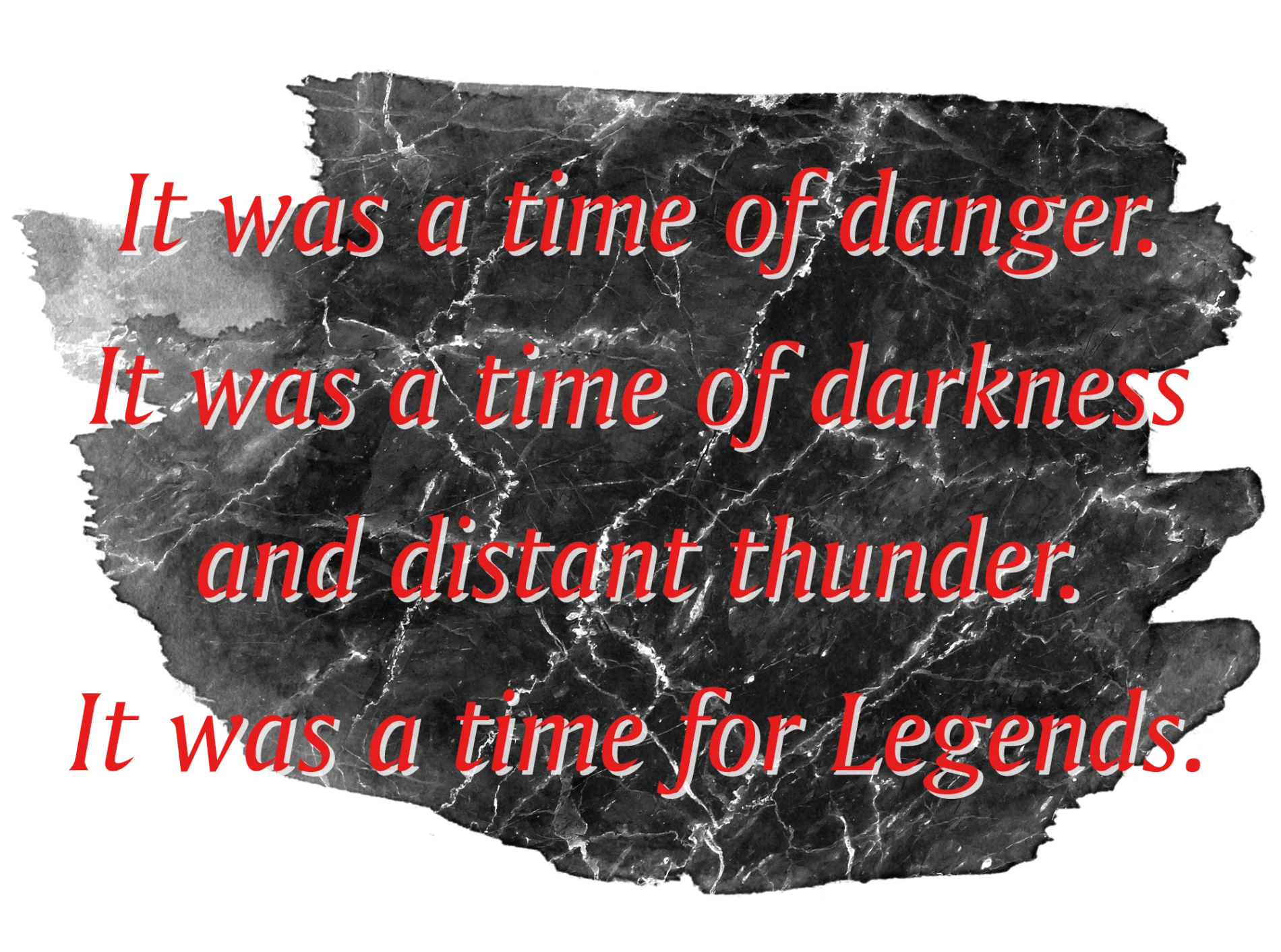It Began in a Distant Kingdom...
Part two of a series looking back at how players authored the L5R storyline

It begins in a distant kingdom, in an age long forgotten…
In the coming months, we’re running a series of website articles reliving the highlights from the dozen or so foundational story choices as they played out during the run-up to the legendary Day of Thunder at Gen Con 1997. These story choices, or opportunities for the game’s fans and players to determine the direction of the story, set the original Legend of the Five Rings collectible card game apart from its competitors in the mid to late 1990s. Through sanctioned tournaments and votes in the game’s official newsletter, the Imperial Herald, fans determined which clans would prevail over the others, which characters would face triumph or tragedy, and which artifacts (perhaps cursed, perhaps not) would fall into whose hands. This week, we need to help set the stage for the epic stories to come, so we’re taking a look at the foundations of the Legend of the Five Rings collectible card game from Alderac Entertainment Group (AEG) as it debuted in 1995.
A Distant Kingdom
Legend of the Five Rings began as a card game set in the realm of Rokugan, a magical land that blended heroic fantasy with the culture and lore of Japan, China, and other East Asian countries. Players built their decks using a combination of neutral cards that represented the world and samurai more generally, as well as faction-specific cards drawn from one of the Great Clans. A player would collect that clan’s characters, ancestors, and strongholds together to wage war against their rivals. Each of these clans had a distinct play style and different strengths and weaknesses, and from even the game’s earliest days, the fans would identify with one particular clan over the others. You’d often hear player ask each other “what clan are you?” at game stores and conventions (and still do to this day).

In the beginning, the six Great Clans were the Crab, Crane, Dragon, Lion, Phoenix, and Unicorn. The Scorpion Clan had been disbanded prior to the start of the story, owing to their role in the Emperor’s death, but a rare few “personalities” (another term for characters) from the Scorpion Clan lingered in the Empire after the dissolution of their clan and could still be recruited. Over time, additional factions were added through new card sets, including the serpentine Naga, the rōnin of Toturi’s Army, and the remnants of the Scorpion Clan. Many powerful Shadowlands cards also existed to represent the dark forces seeking to corrupt the empire, and players had to choose whether to include these strong but cursed cards in their decks—or to resist the temptation.
The story played out through the flavor text on the cards themselves, oral history passed on between players of the game, lore included on the products’ packaging, letters from the clans’ leaders included in products, as well as short stories published in The Imperial Herald, the game’s official magazine. Fan sites also proliferated during this era, collecting clan-specific lore in one place for that clan’s loyal player base.

A Time for Legends
From 1995–1997, the story being told through the Legend of the Five Rings card game was known as the Clan War. During this era, the Emerald Throne sat empty, and the six remaining Great Clans vied with one another to take their place on that throne as the new emperor. Players who entered the tournaments had to declare their allegiance to one clan and play with a matching deck. The winners of the tournaments would help determine which clan would be the ultimate victor and sit the throne, culminating at the climactic match at Gen Con 1997, when the Lion Clan won and ensured their leader, Toturi, would deal the finishing blow to the evil usurper Fu Leng and be crowned the next Emperor of Rokugan.
It wasn’t only the game’s premier players who were offered a chance to shape the ongoing saga. Anyone who wanted to join the fan club known as the Imperial Assembly could vote in story choices offered by the Imperial Herald. In the periodical’s pages, one could find short stories about the various clans and the personalities in them, and future stories—as well as cards in the game—reflected the final tallies of the various votes.

One Must Fall
Now that you know more about the original clans from the early days of the Legend of the Five Rings card game—including how the card game worked and why allegiance mattered—you are ready to learn the tales of those clans’ victories and defeats. Stay tuned for the next article in this series, one that delves into a tragic tale of a fallen champion…










